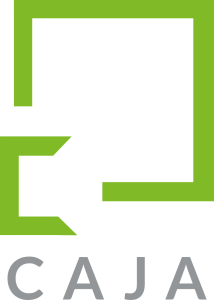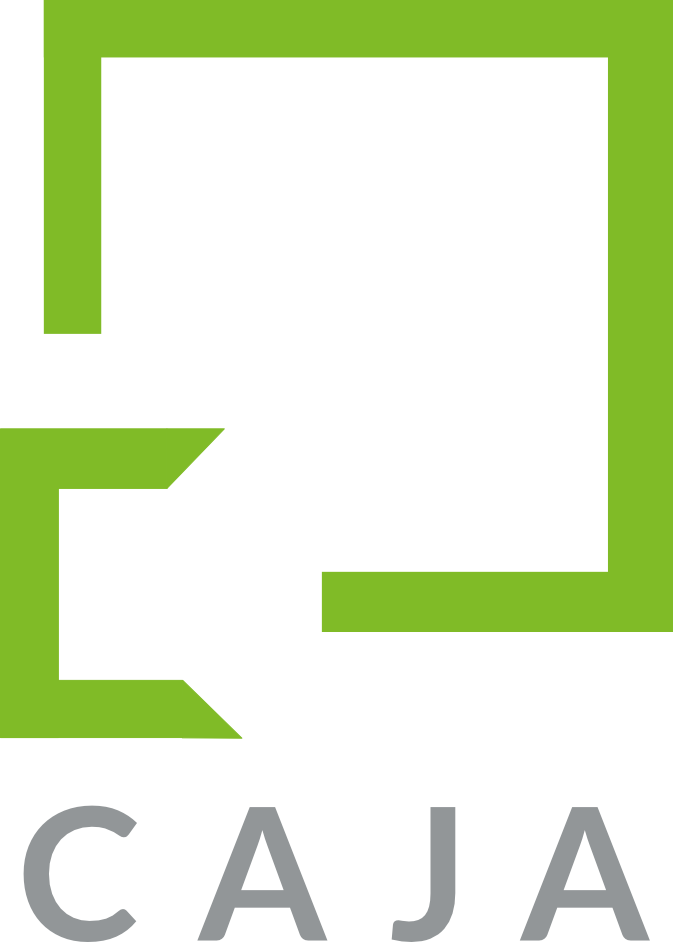A recent article published by Cancer Research UK, reported that 40,000 fewer people started cancer treatment in 2020, saying:
“The majority of these will be in the community, living with cancer without knowing about it, and with the potential that their tumour could grow and spread: they really need to be diagnosed and treated as soon as possible.”
One in two of us in the UK born after 1960 will be diagnosed with cancer in our lifetime. However, we now know around four in ten of these cases could be prevented; that’s more than 135,000 every year. So, with Primary Care in particular at the vanguard of recovery post Covid, the way GPs engage with their communities and patients will be crucial if they are to encourage them back into the clear benefits of screening and presenting early with signs and symptoms.
You’d think these figures alone would do the trick. Take cervical and breast cancer screening for example. Enabling eligible women to make choices of how they decide to proceed is a big deal in the NHS. But it’s how you deliver those choices to them that really matters and to be blunt, the interaction with people isn’t always positive or effective. In their efforts to inform patients and influence choices that will benefit their health and wellbeing, the ‘big message’ can be lost in their endeavour to ensure they are well informed. Result? Women put off the decision, or even worse, don’t make any decision. So, while the intentions are good, often the approach isn’t great.
A NUDGE IN THE RIGHT DIRECTION
So how do we influence people to make better choices? Some exciting Test and Learn projects I’ve been involved with recently, working with a regional Cancer Alliance and a number GP practices, used the concept of Behavioural Science or as it’s commonly known ‘Nudge Theory’.
Nudge has been around since the 90s as a means of influencing behaviour and decision making by individuals and groups across a number of sectors. Building on behavioural economics, a key principle behind Nudge is that people process information to make decisions in two ways:
System 1 – this is usually quite quick and automatic, based on intuition, estimations, instinct, impulse and emotions
System 2 – this is slower and more deliberate based on processing information presented, taking into account explicit goals and intentions.
In complex situations – or when under pressure – System 1 processing tends to take over our decision-making, with the result that we often default to a sub-conscious set of behaviours or take the path of least resistance. These are based on past experiences and our underlying beliefs and values. Widely used by retail and government, we’re all subject to Nudge messaging and visual prompts every day – using simple and consistent messaging and cues can stimulate people to use System 1 thinking and influence their choices. Here’s one of the most memorable Nudges used during the Coronavirus pandemic for example:
‘Stay Home. Protect the NHS. Save Lives’.
NUDGING THE PROCESS
Caja has worked with clients to consider whether the same techniques used to influence customer behaviours in other sectors, could also be employed to influence clinician behaviours, patient preferences and ultimately, how people engage with Primary Care and screening programmes. Our work identified four main areas where we have opportunities to influence behaviours:
- Patient First Point of Contact
- Patient & Clinician Interactions
- Follow-up messaging & communications
- Physical Environment & Signage
By observing current practices and analysing hard data from case management systems, this enabled us to create insights to inform evidence-based anchors to underpin a set of behavioural nudges that local people would respond to – a kind of consistent golden thread. The ‘local people’ element was critical to ensure their messages aligned with local demographic or culture. We also discovered that most interaction with patients was traditional. Staff were inadvertently reinforcing patients’ beliefs and didn’t maximise the opportunity to engage with patients differently or maximise the value of a wider range of professionals that new models of care could offer. Trials to implement some simple ‘Nudges’ in a number of practices demonstrated some quick measurable results in reduced DNAs, increased screening uptake and improved practice utilisation.
THE OUTCOME
Outcomes illustrated that attention needed to be paid to understanding how the subtle cues given in communications and by individual clinicians and reception staff – and even the physical environment and signage in GP practices – influenced patients and their patterns of behaviour and demand. Our initial Test & Learn Projects with a number of GP Practices are already demonstrating signs of real benefit. Available clinical contact time is increasing, DNAs are reducing and we’re continuing to evaluate the processes to ensure these changes can be sustained. It’s fascinating to work with dedicated people, who have wholeheartedly embraced our relatively simple initiatives to make a tangible difference to their patients.




